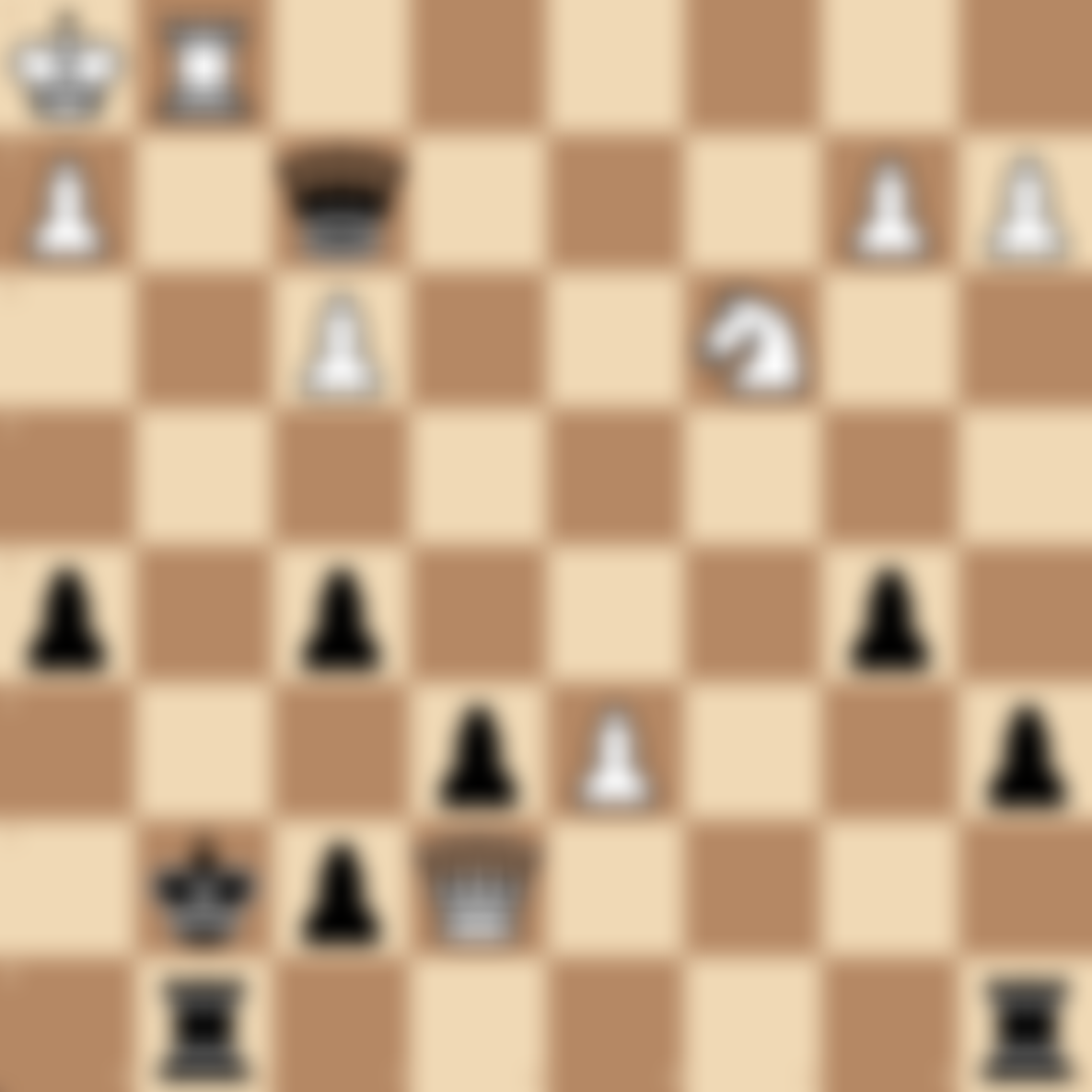Rook Endgames in Chess: Mastering the Final Phase
Introduction
Rook endgames are among the most common and critical endgames in chess. At chesspuzzles.io, we've compiled a comprehensive guide and a series of puzzles to help you master these essential endgames, improving your overall chess prowess and ability to convert advantages into wins.
What are Rook Endgames?
Rook endgames are chess positions where each side has one or more rooks, often accompanied by pawns and kings. These endgames can arise from various middlegame positions and require precise technique to navigate successfully.
Importance of Understanding Rook Endgames
Mastering rook endgames is crucial for several reasons:
- Frequency: Rook endgames are the most common type of endgame in chess.
- Complexity: They often involve subtle nuances and precise calculations.
- Theoretical importance: Many theoretical positions are essential to know for practical play.
- Conversion skills: Improve your ability to convert advantages into wins.
- Defensive resources: Enhance your ability to save difficult positions.
Key Concepts in Rook Endgames
- Activating the rook: Placing the rook on open files or the 7th rank.
- King activity: The king becomes a crucial attacking and defending piece.
- Pawn structure: Understanding pawn weaknesses and strengths is vital.
- Cutting off the king: Using the rook to restrict the enemy king's movement.
- Lucena and Philidor positions: Classic theoretical positions crucial for practical play.
Common Rook Endgame Positions
- Rook and pawn vs Rook: One of the most fundamental and important endgames.
- Lucena position: A winning position for the side with the pawn.
- Philidor position: A drawing technique for the defending side.
- Rook vs multiple pawns: Evaluating rook against pawn majorities.
- Rook and King vs Rook: Technically a draw, but full of practical chances.
Strategies for Playing Rook Endgames
- Activate your rook and king as quickly as possible.
- Create and push passed pawns when ahead in material.
- Use your rook actively, controlling open files and the 7th rank.
- When defending, try to establish a Philidor position if possible.
- Pay attention to pawn structure and target weak pawns.
Common Mistakes in Rook Endgames
- Passive rook placement, especially behind passed pawns.
- Neglecting king activation.
- Pushing pawns too quickly without proper support.
- Allowing the opponent's king to penetrate your position.
- Failing to recognize critical theoretical positions like Lucena or Philidor.
Famous Games Featuring Critical Rook Endgames
- Capablanca vs. Tartakower, New York 1924
- Fischer vs. Taimanov, Candidates Match 1971, Game 4
- Kasparov vs. Karpov, World Championship Match 1990, Game 20
Practice Rook Endgame Puzzles
Enhance your understanding and execution of rook endgames with our carefully curated collection of puzzles:
Try our Rook Endgame Puzzles on chesspuzzles.io now
These challenging puzzles are designed to improve your technique in various rook endgame positions, from basic concepts to complex calculations.
FAQs
Q: Are all rook and pawn vs rook endgames drawn? A: No, the outcome depends on the specific position. Many are drawn with correct play, but there are also many winning positions, such as the Lucena position.
Q: How important is it to memorize theoretical rook endgame positions? A: Understanding key positions like the Lucena and Philidor positions is crucial. While memorization helps, it's more important to understand the underlying principles.
Q: Can you win a rook endgame if you're a pawn down? A: Yes, it's possible, especially if you have active piece play or your opponent's pawns are weak. However, it's generally much harder to win when down material in rook endgames.
Q: How can I improve my rook endgame skills? A: Study classic endgame positions, practice solving endgame studies, and analyze your own rook endgames. Regular practice with targeted puzzles on chesspuzzles.io can significantly improve your skills.
Q: Is it better to keep rooks on the board or exchange them in endgames? A: It depends on the specific position. Generally, if you're ahead in material or have a passed pawn, keeping rooks can help you win. If you're defending, exchanging rooks might increase drawing chances.
Master the intricacies of rook endgames to solidify your chess endgame technique! Ready to test your skills? Try our Rook Endgame Puzzles on chesspuzzles.io now and learn how to navigate these critical positions with confidence and precision!
